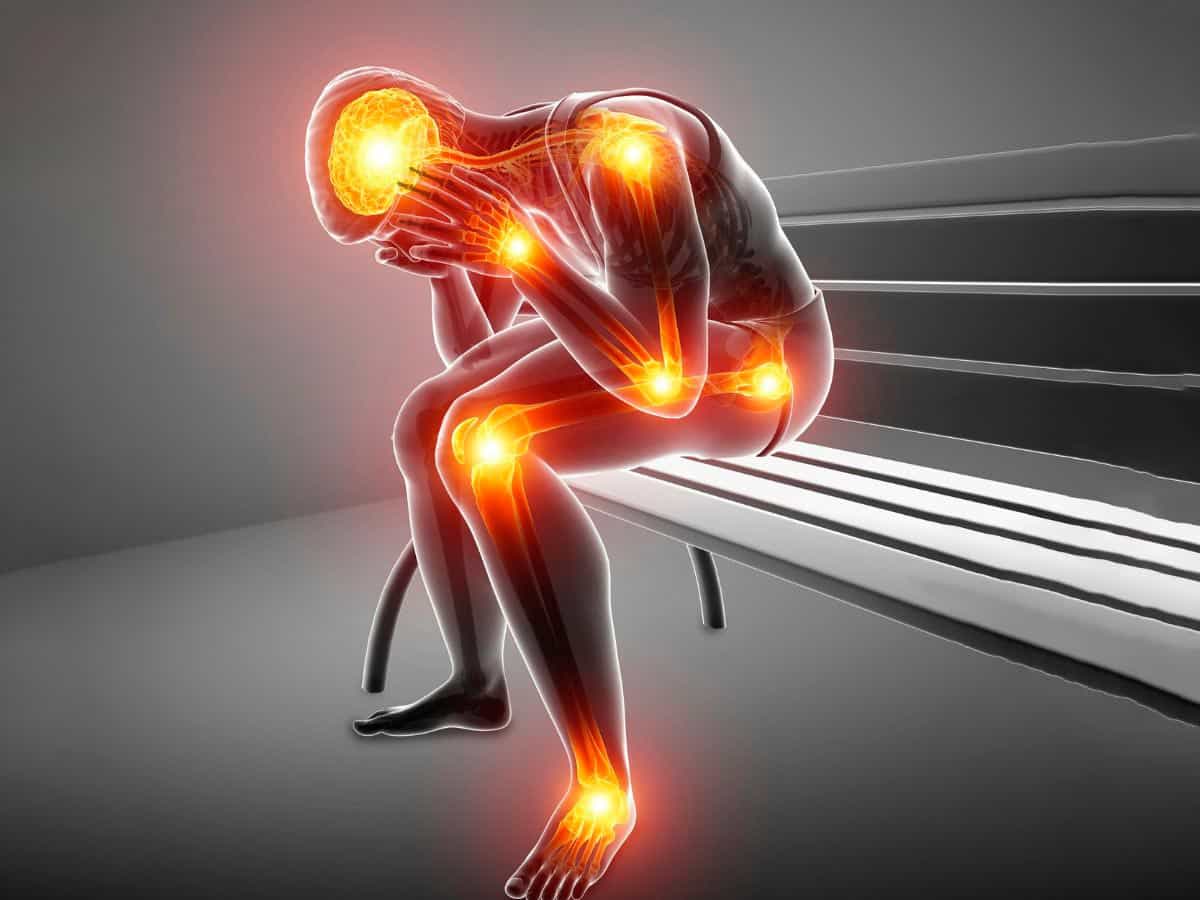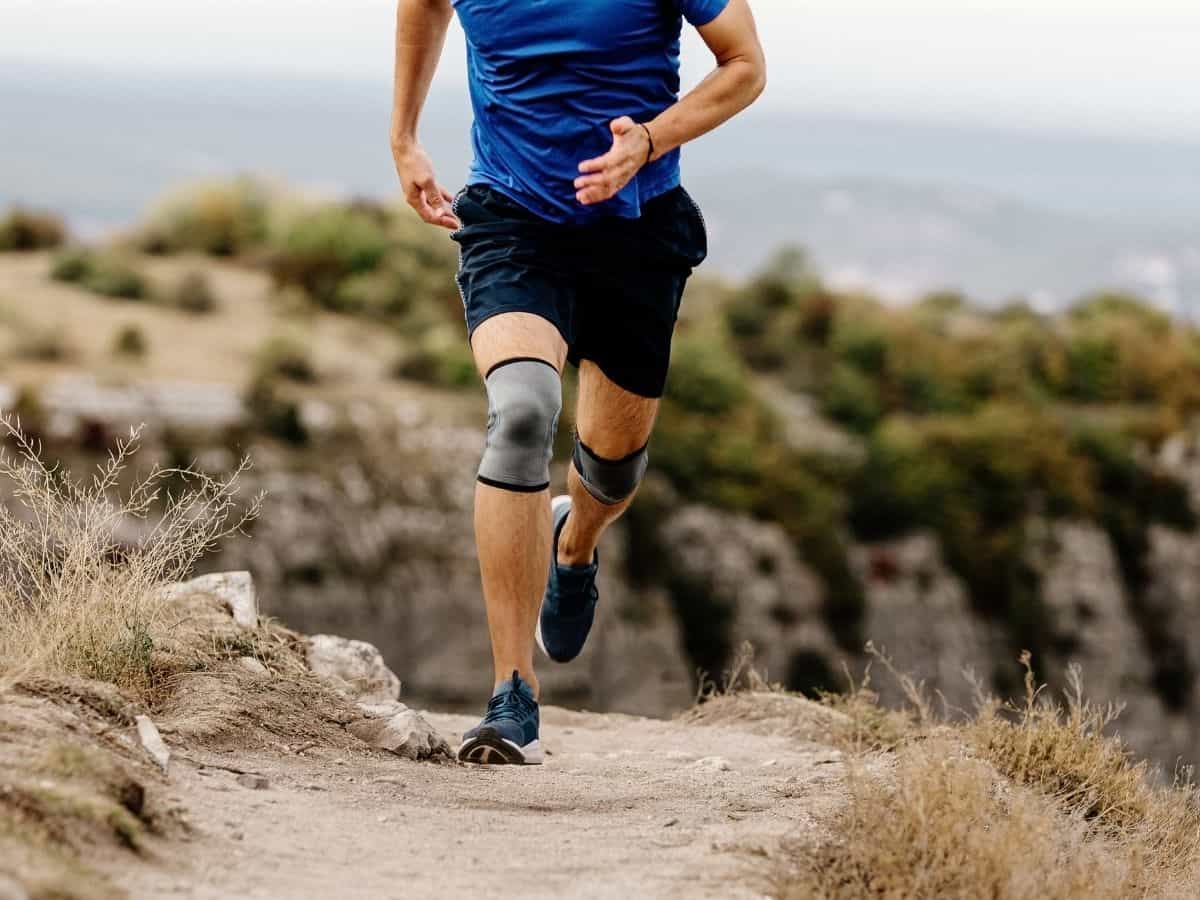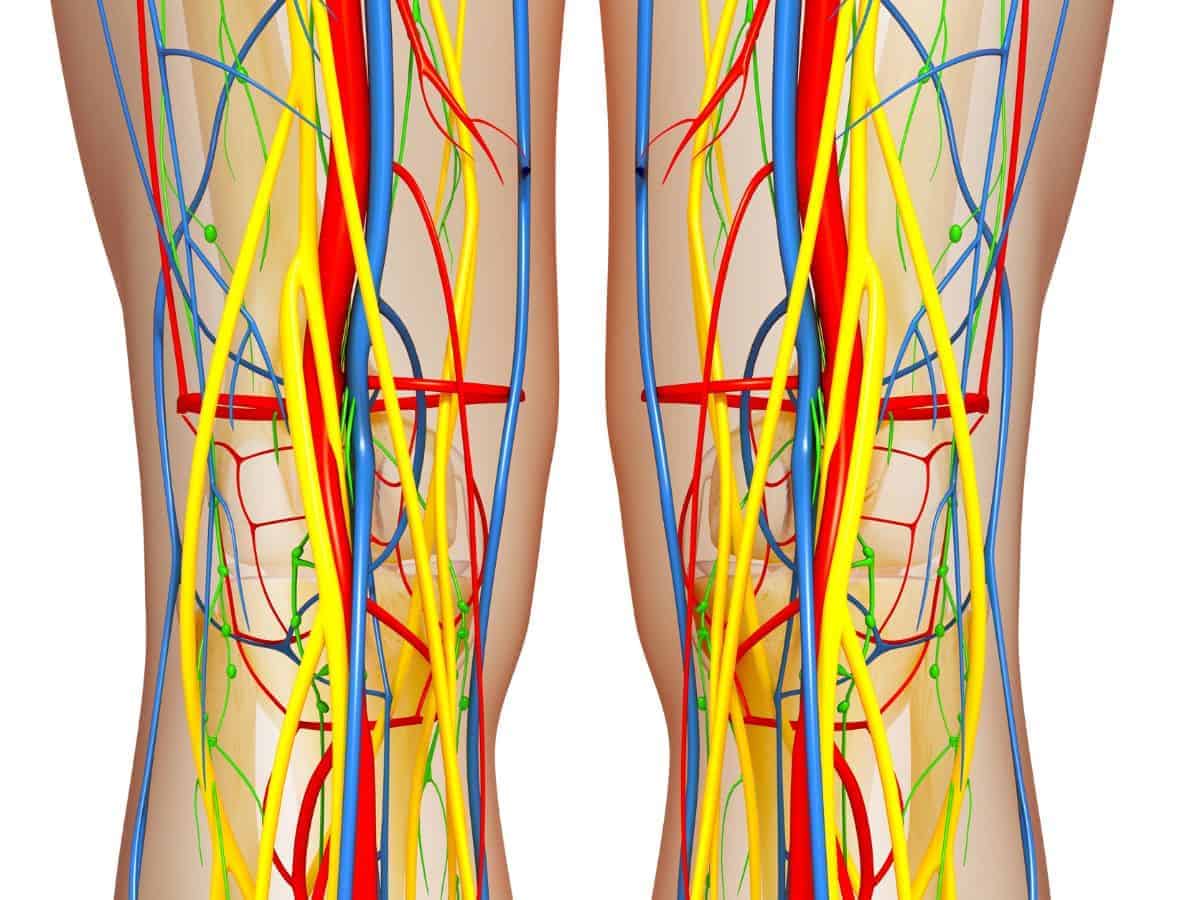
The 2 most common knee injuries.

Tabla de contenidos
Knee joints and injuries, which are the most frequent?
Knee joint injuries are perhaps the most frequent injuries in athletes, affecting mainly soccer players, cyclists, tennis, paddle tennis, volleyball or basketball players, among others. In other modalities, such as running, the most common manifestations are tendon injuries, ligament injuries and fractures. Injury prevention depends primarily on optimal physical condition and proper training. Although there is no doubt that many of these injuries will inevitably require surgical treatment, it is possible to prevent their occurrence or more damaging consequences through optimal physical condition and adequate training.
What are the most common knee injuries?
Chondromalacia patella.
Talking about knee injuries forces us to talk about joints. We know in a wide and generalized way the term of «chondromalacia patellae» that comes to mean in exclusively morphological terms «softening of the articular cartilage of the patella». This alteration or chondropathy is more common than expected as well as asymptomatic and affects several elements that are present in the joint.
Although it is necessary to clarify that its incidence is higher in advanced ages and not so much in youth, it is frequent in athletes with a very intense physical activity as long as there are inadequate tread and biomechanical conditions. In any case, we should not forget that cartilage wear is a natural process that occurs with the passing of the years and the aging of the body’s tissues.
The origin of chondromalacia is thought to be biochemical, due to a decrease in biomolecules called sulfated mucopolysaccharides (or glycosaminoglycans), present in the tissues that accompany the joint (extracellular matrix and synovial fluid) and whose function is to protect it by providing sufficient cushioning thanks to the viscous nature of these ingredients. In this area, if the patella is compromised by being subjected to mechanical traction, the softened cartilage is insufficient to support it, it becomes unstructured and degenerates, resulting in fraying of the cartilage fibers. This causes a very characteristic joint pain.
Iliotibial band syndrome or runner’s knee.

Iliotibial band syndrome (ITBS) is an inflammatory, non-traumatic injury caused by overuse of the knee. It is characterized by pain in the lateral part of the knee, sometimes accompanied by a clicking sensation.
It is considered one of the most common causes of lateral knee pain with an incidence of around 12% of overuse injuries described in runners. It also affects other sports such as cycling, soccer, basketball and field hockey.
Although there are several hypotheses regarding the casuistry of this syndrome, many authors point to biomechanical problems, such as the knee flexion angle (at 30o friction increases), certain weakness in the hip abductors, inadequate footwear and, once again, the type of footprint, among others.
For this syndrome, regardless of the causative condition, most patients experience complete resolution of symptoms following only non-surgical management modalities, however surgical management is a potential option for chronic, recurrent or recalcitrant cases.
Clinical management and treatment of both pathologies.
From a conservative point of view, in either of the two cases, chondromalacia patella and iliotibial band syndrome, their clinical manifestations can remit or improve with an adequate therapeutic exercise routine and biomechanical performance, as well as an improvement in the planning of training load, reducing the number of hours if appropriate. We should also not forget that, although not primarily, the quality of the hours of sleep and proper nutrition also contribute greatly to the prevention of these pathologies.
It is also worth mentioning the benefit of topical application or ingestion of certain constituent ingredients of joint cartilage for structural and regenerative purposes.
In the next post we will review the main ingredients that can contribute, in a qualitative way, to the improvement of the state of our joints and thus, to a better performance of them.
We look forward to seeing you soon!


